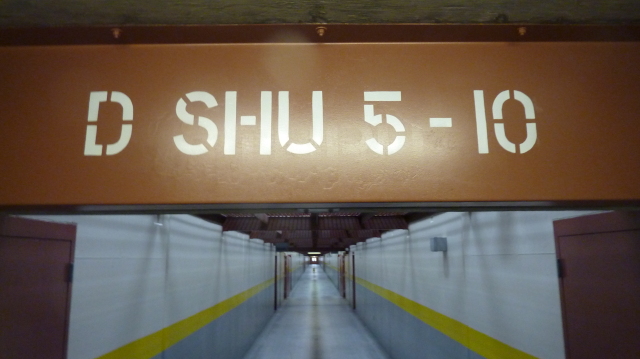
State inmates have ended an epic two-month hunger strike after lawmakers promised to hold hearings over California’s use of special security units, where leaders of the protest have been held in isolation for years and in some cases decades.
Corrections officials and supporters of the protest announced about 100 inmates began accepting meals or began refeeding procedures this morning.
The move came after two Democratic lawmakers promised to hold hearings this fall on the conditions in security housing units, where men accused of gang ties can be held indefinitely.
"We are pleased this dangerous strike has been called off before any inmates became seriously ill," corrections Secretary Jeffrey Beard said in a statement. Beard previously denounced the protest as an effort by dangerous gang leaders to reassert control over drug and extortion rackets behind bars and on the streets.
Supporters of the inmates see the planned hearings as a partial victory.